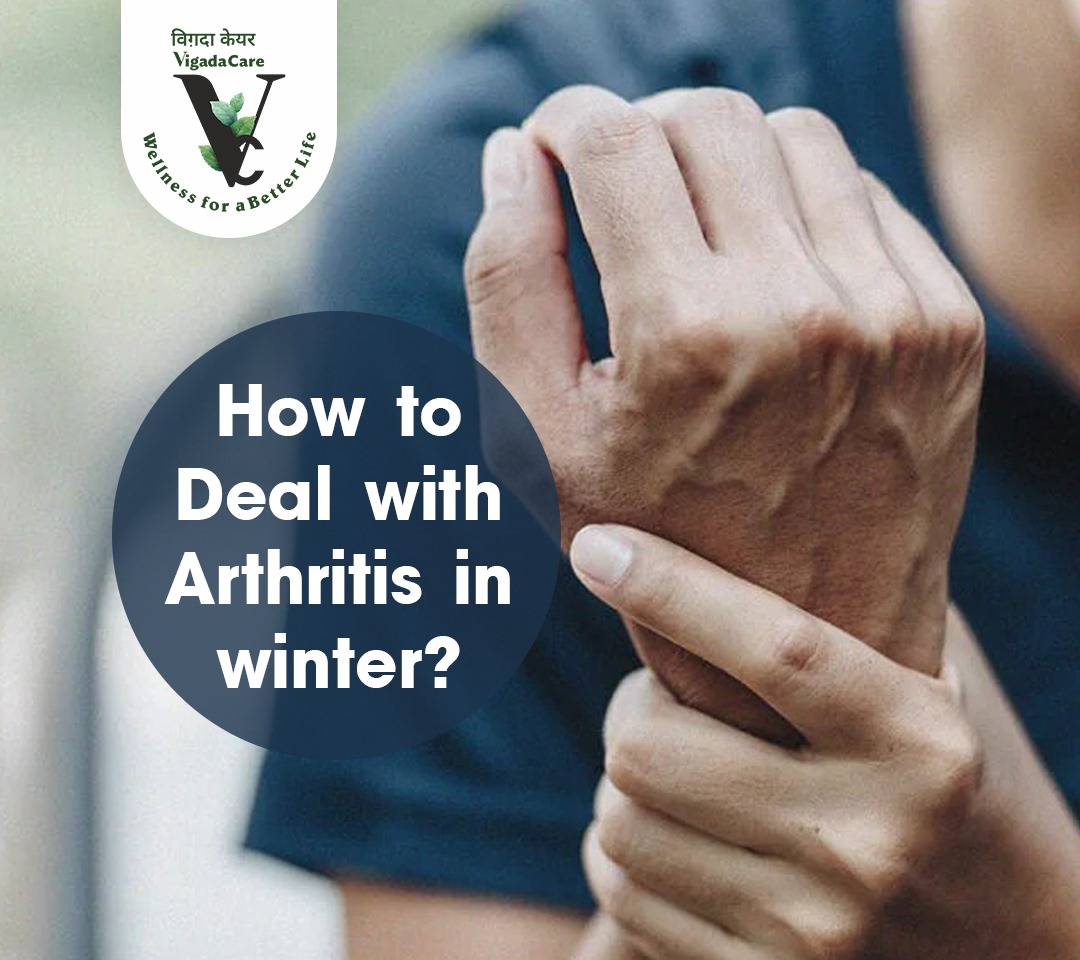
How to Deal with Arthritis in winter?
How to Deal with Arthritis in winter?
The term arthritis literally denotes inflammation of a joint. The most frequent variety is osteoarthritis, which is characterized by deterioration of the cartilage that protects the bone ends within a joint. Without cartilage protection, tendons and ligaments work harder, and severe cartilage loss can result in bone rubbing against bone, producing friction and, eventually, swelling and inflammation.
Rheumatoid arthritis is an example of how arthritis can also manifest itself when some joint components are mistakenly viewed as a "foreign" threat and are targeted by immune system attacks. Arthritis can affect everyone, even youngsters, but it is significantly more common in older age groups.
Arthritis gets worse in winter.
Joint pains and tight muscles are the most typical health issues that older individuals face throughout the winter. During the winter months, the number of senior individuals seeking treatment for bone and joint disorders increases by 50%. Many rheumatoid arthritis patients struggle to control pain, swelling, stiffness, exhaustion, and other common rheumatoid arthritis symptoms throughout winter. Some people have increased joint pain as the cold weather sets in.
Why this happens:
Here are some reasons why arthritis flares up in the winter:
- Pain receptors grow more sensitive during winter.
- Low atmospheric pressure might cause joint pain. When pressure drops, tissues swell, increasing strain between joints and producing pain.
- Colder temperatures cause more muscular spasms, leading to joint discomfort and stiffness.
- Cold lowers blood circulation to fingers and toes, exacerbating arthritic symptoms.
- Limited sunlight during winter can reduce vitamin D levels and damage bones and joints.
How to Find Relief in the winter:
1. Dress warmly - Depending on the climate in your city, you can wear warm winter garments or layers. Always protect your hands, knees, legs, and other arthritis-prone regions.
2. Hydrate - Staying hydrated keeps you more active. Even modest dehydration may increase your sensitivity to pain.
3. Exercise - While it's normal to desire to escape the cold winter weather, those with joint discomfort should stay active. Exercise inside helps alleviate symptoms such as joint stiffness and muscular weakness.
4. Stay warm and cozy - Use an electric heating pad, hot water bag, or electric blanket to keep warm when relaxing or sleeping. Heating pads are more useful for specific places where joints have become stiff and uncomfortable due to the cold weather.
5. Relax with warm baths - Swimming in a heated pool is both a fantastic workout and a great way to soothe your joints. Warm baths can also provide considerable relief.
6. Supplement with Vitamin D - Low vitamin D levels may contribute to your sensitivity to arthritic pain. Being vitamin D deficiency also increases the risk of osteoporosis. Consult your doctor about the finest supplement options.
7. Increase your intake of omega-3 fatty acids - Omega-3 fatty acids are extremely effective in reducing joint inflammation. Incorporate avocado, flaxseed, walnuts, and seafood into your diet.
Enjoy the winter while taking the precautions listed above for arthritis. If you are experiencing severe joint pain as a result of arthritis, please contact our experts at the Centre for Bone and Joint.
It effectively improves mobility and flexibility of the joints and hence, improves the quality of life safe and effective combination for osteoarthritis. Discover the natural power of Ortho Well Oil from Vigada Care!
Recent Blogs

Understanding the Three Doshas of Ayurveda
Understanding the Three Doshas of Ayurveda Ayurveda ... Read More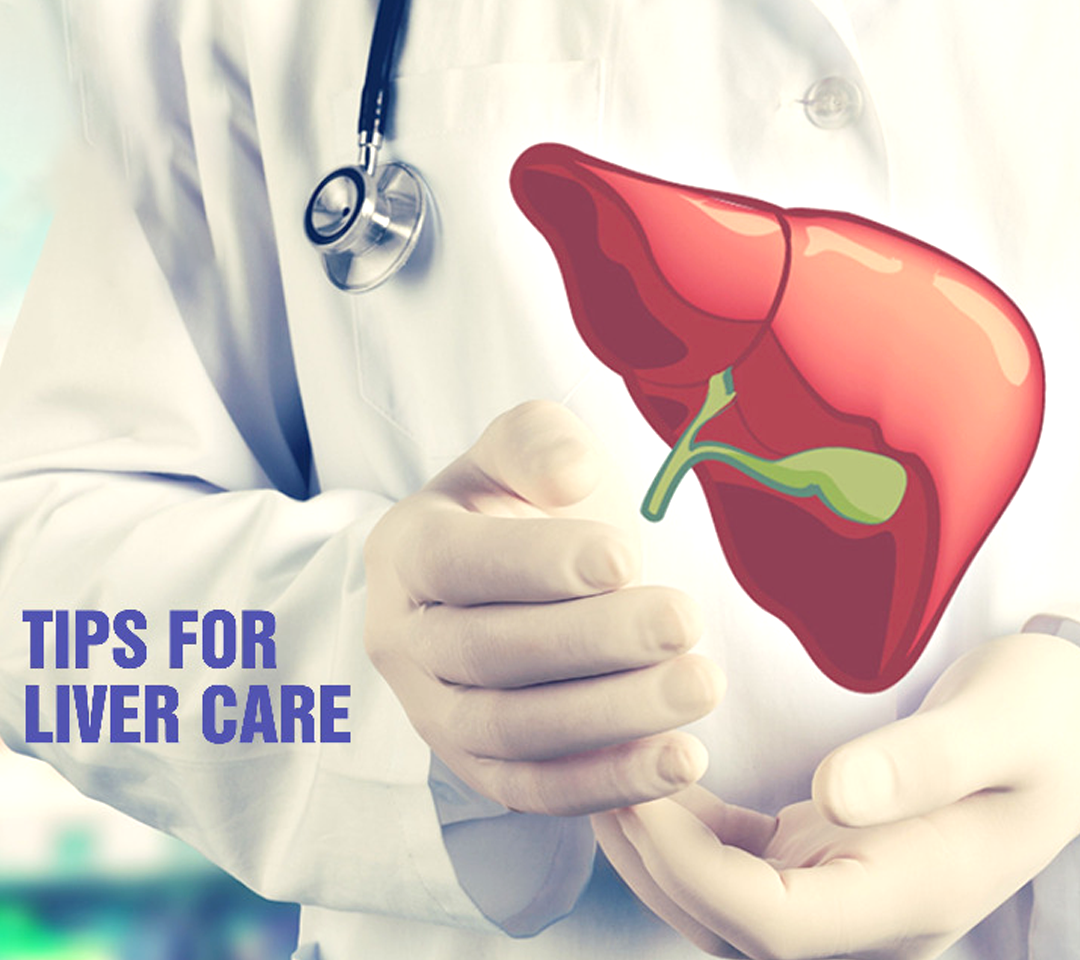
The Importance of Liver Health: Tips for a Healthy Liver
The Importance of Liver Health: Tips for a Healthy Liver, Th... Read More
How Do I Cure Asthma Naturally?
How Do I Cure Asthma Naturally, Avoiding triggers such ... Read More
How Do I Control Blood Pressure?
How Do I Control Blood Pressure, High blood pressure, also k... Read More
Is Ayurvedic Medicine For Diabetes Safe?
Is Ayurvedic Medicine For Diabetes Safe, Ayurvedic medi... Read More
Which Is The Best Ayurvedic Cough Syrup?
Which Is The Best Ayurvedic Cough Syrup, There are sev... Read More
How Do I Boost Immunity With Natural Medication?
How Do I Boost Immunity With Natural Medication, There are s... Read More
What can I do to cure my PCOD/PCOS without medicine?
What can I do to cure my PCOD/PCOS without medicine, Po... Read More
Can Healthy Eating Prevent Cancer?
Can Healthy Eating Prevent Cancer Cancer is a complex d... Read More
How do we increase the immunity of our body?
How do we increase the immunity of our body, The human ... Read More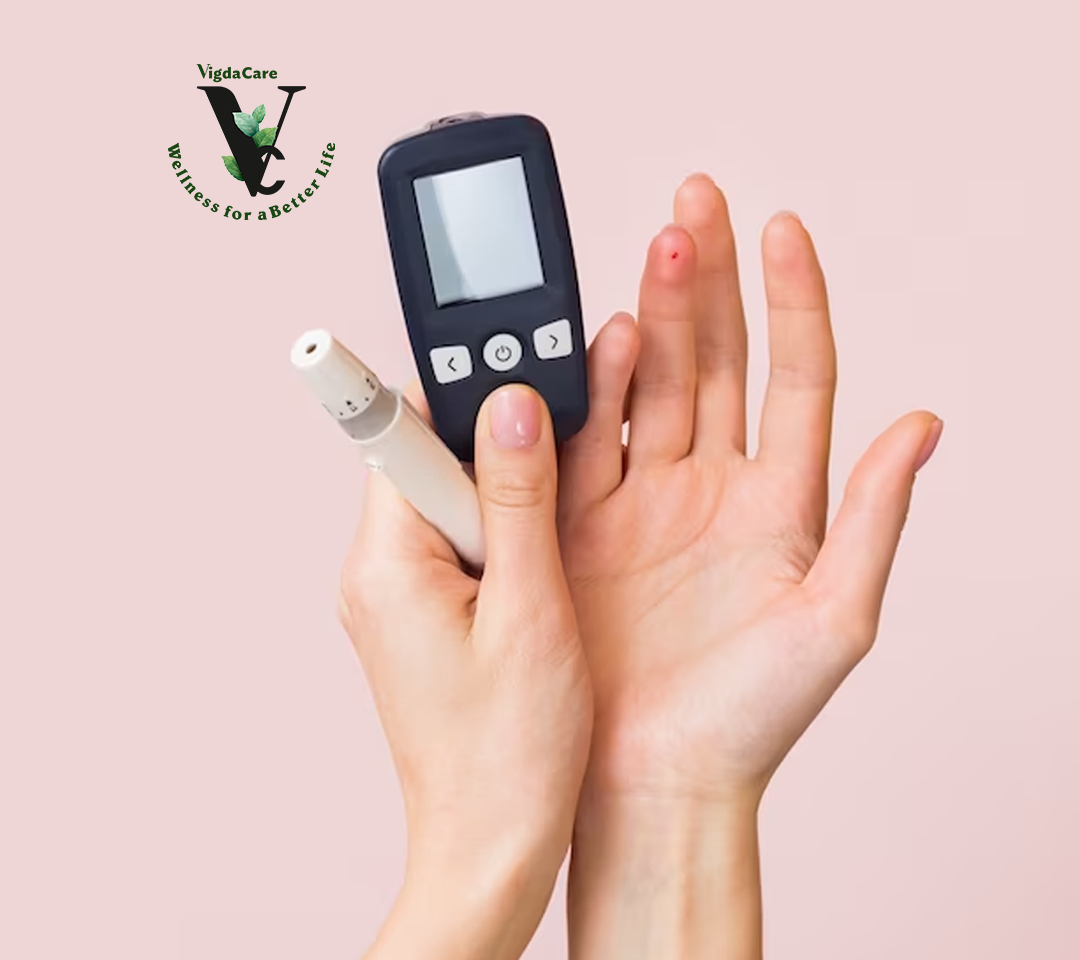
How do I reverse diabetes naturally in 30 days?
How do I reverse diabetes naturally in 30 days, Diabete... Read More
Are the immunity booster tablets safe?
Are the immunity booster tablets safe, Immunity booster... Read More
What Are Some Remedies For High BP?
What Are Some Remedies For High BP, High blood pressure... Read More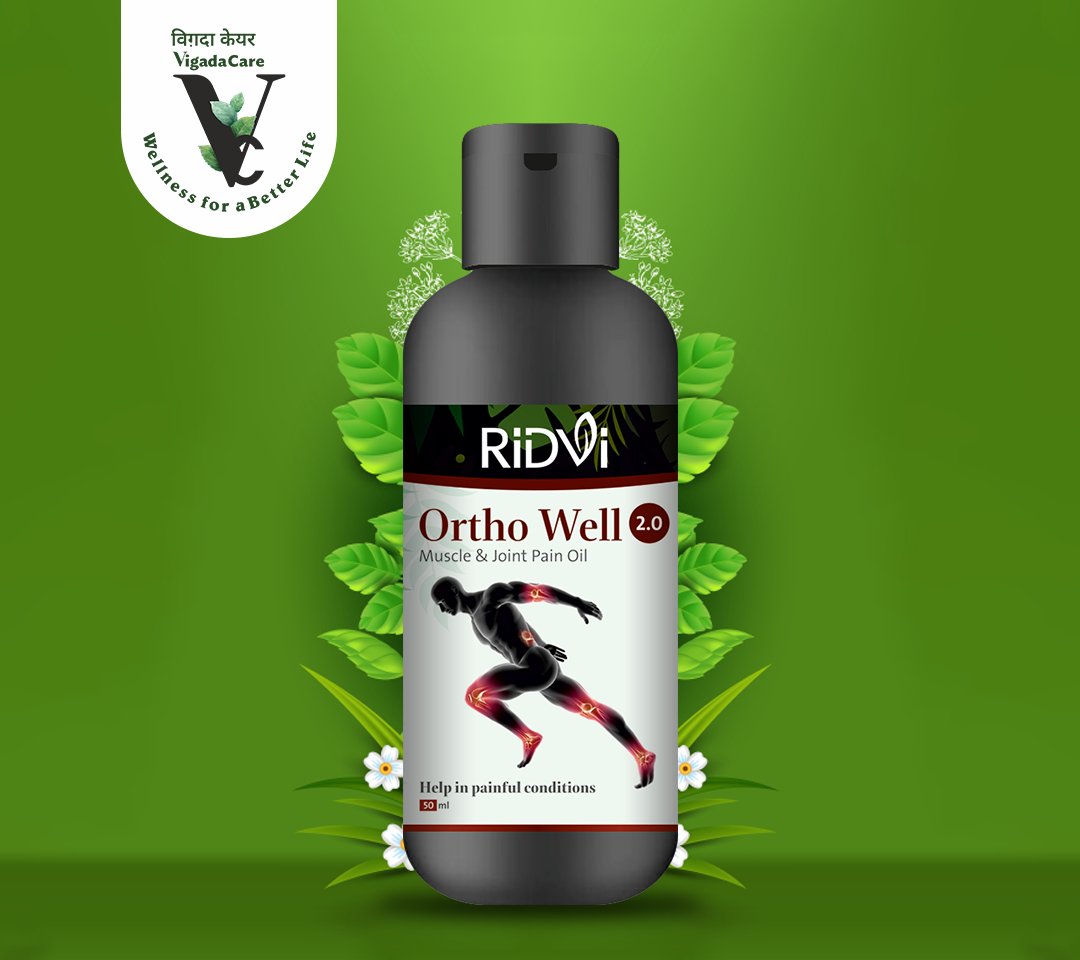
Which Is The Best Ayurveda Natural Oil For My Joint Pain?
Which Is The Best Ayurveda Natural Oil For My Joint Pain,&nb... Read More
Can PCOD Be Cured? Is There Any Natural Way Of It?
Can PCOD Be Cured? Is There Any Natural Way Of It, PCOD... Read More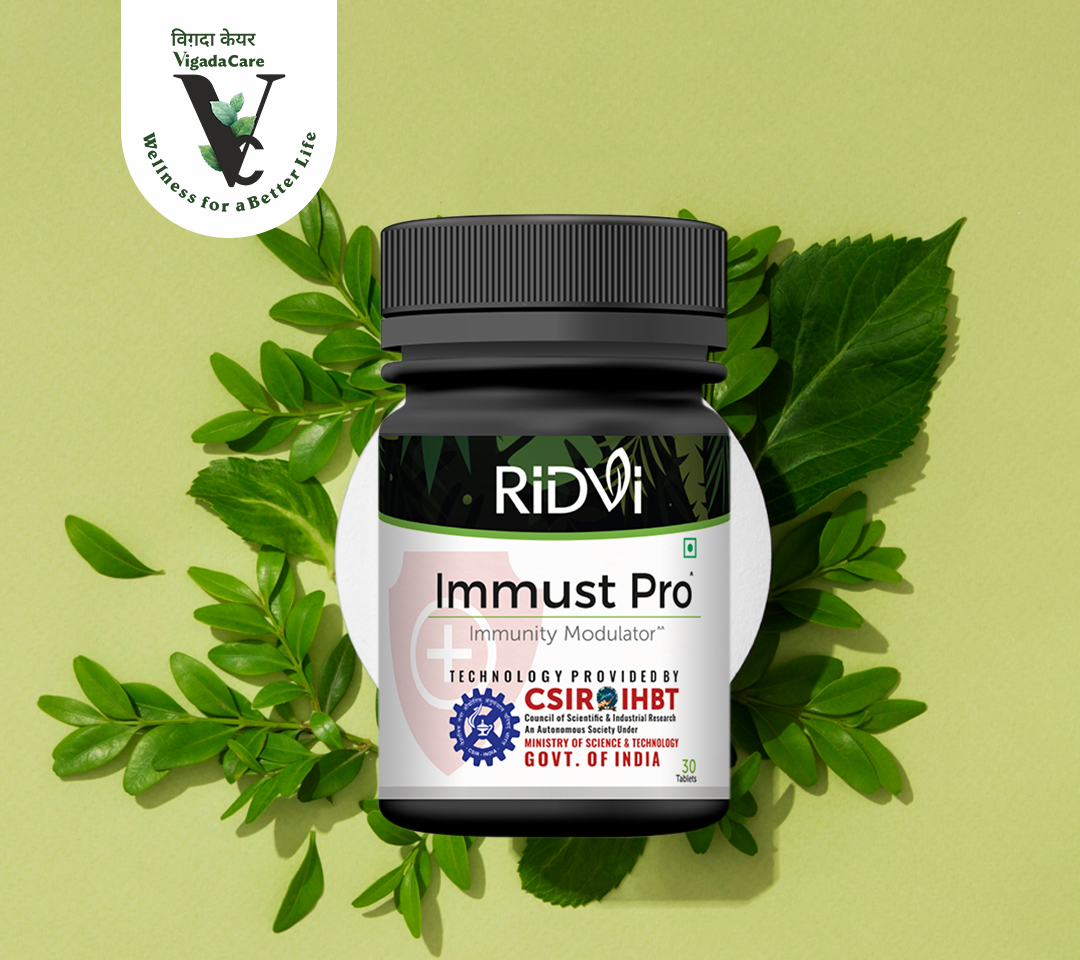
Are There Any Supplements That Help Improve Immunity?
Are There Any Supplements That Help Improve Immunity, U... Read More
How Do I Stabilize Blood Sugar With Ayurveda?
How Do I Stabilize Blood Sugar With Ayurveda, Diabetes ... Read More
What's The Best Natural Medicine For BP?
What's The Best Natural Medicine For BP, It's important... Read More
Is There Any Ayurveda Treatment Of PCOD?
Is There Any Ayurveda Treatment Of PCOD, PCOD is a comm... Read More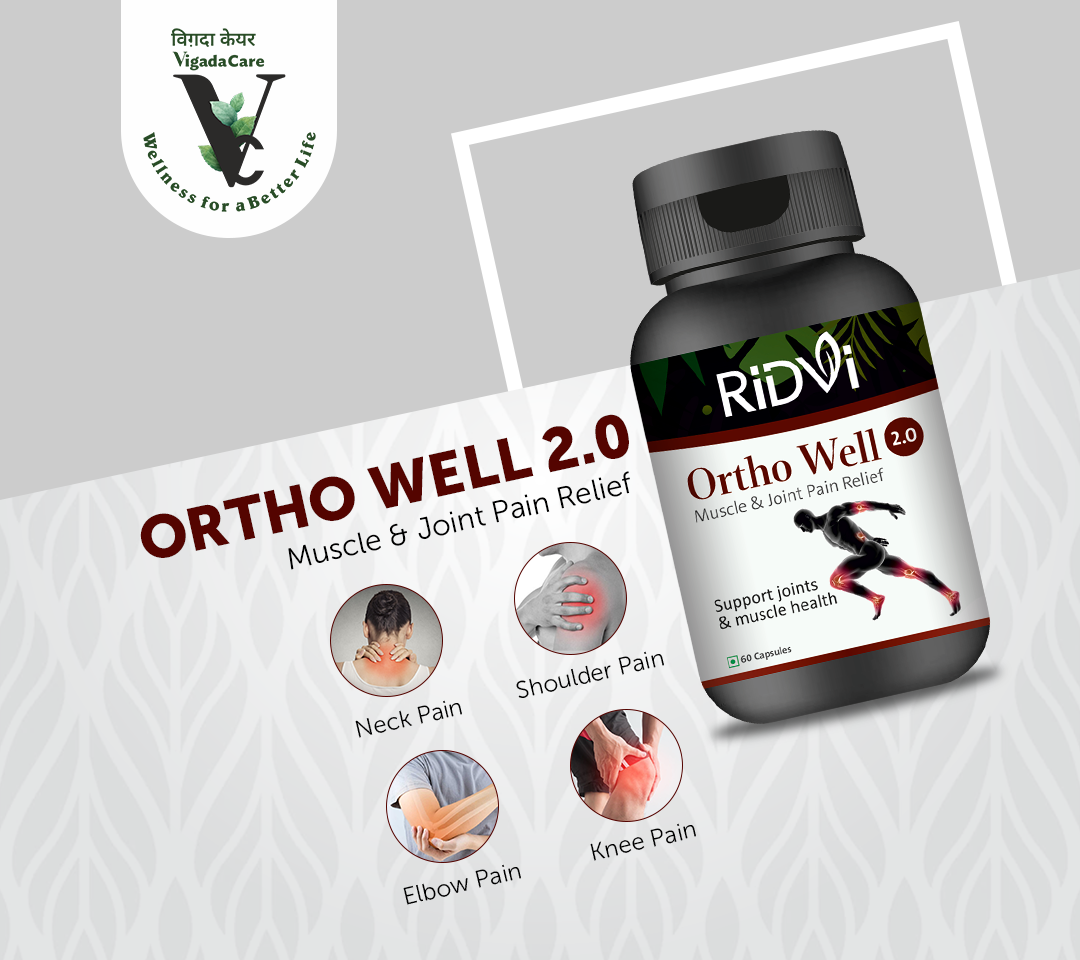
What Is The Best Ayurvedic Medicine For Joint Pain?
What Is The Best Ayurvedic Medicine For Joint Pain, The... Read More
What Do You Do When Blood Sugar Is High?
What Do You Do When Blood Sugar Is High, If you have di... Read More
Is There Any Ayurvedic Treatment For Jaundice?
Is There Any Ayurvedic Treatment For Jaundice, Yes, Ayu... Read More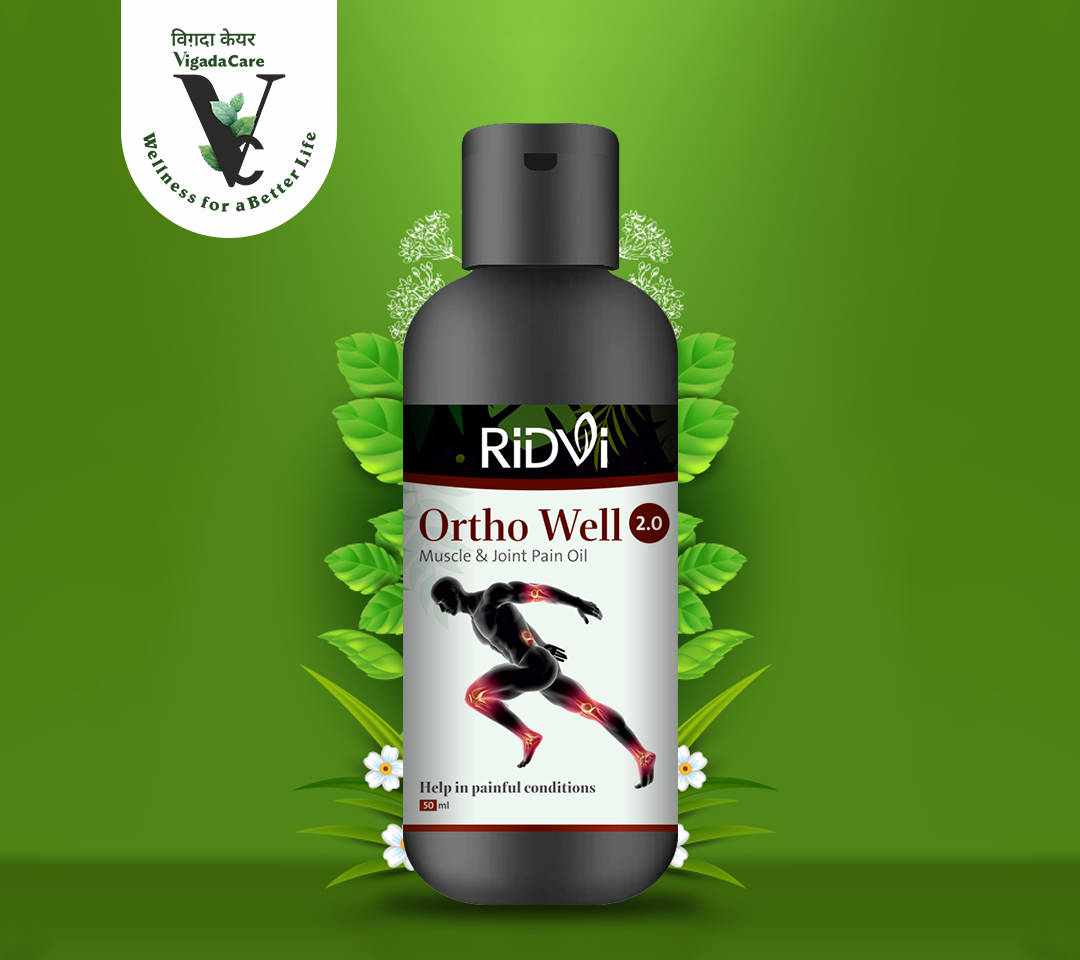
Which Is The Best Oil For Joints Pain Available In India?
Which Is The Best Oil For Joints Pain Available In India,&nb... Read More
Can PCOS Really Make You Fat?
Can PCOS Really Make You Fat, PCOD or PCOS (polycystic ... Read More
Is Taking CoQ10 Supplement Is Safe?
Is Taking CoQ10 Supplement Is Safe, Yes, Coenzyme Q10 (... Read More
How Do I Cure Asthma Naturally?
How Do I Cure Asthma Naturally, Asthma is a chronic res... Read More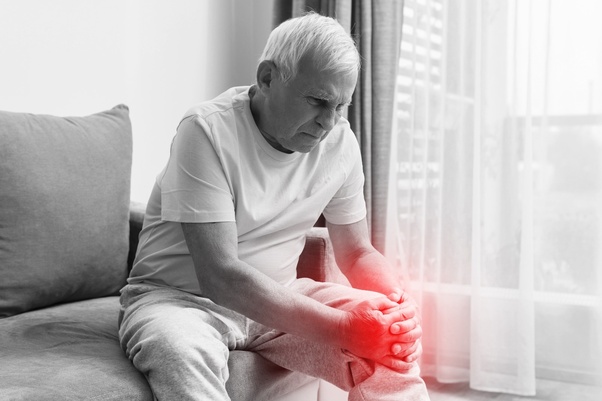
How Can I Remove Beginning Joint Pain With A Home Remedy?
How Can I Remove Beginning Joint Pain With A Home Remedy,&nb... Read More
What Should I Do To Get Regular Periods?
What Should I Do To Get Regular Periods, To ensure regu... Read More
How Can I Cure Asthma With Ayurveda?
How Can I Cure Asthma With Ayurveda, Asthma, a chronic ... Read More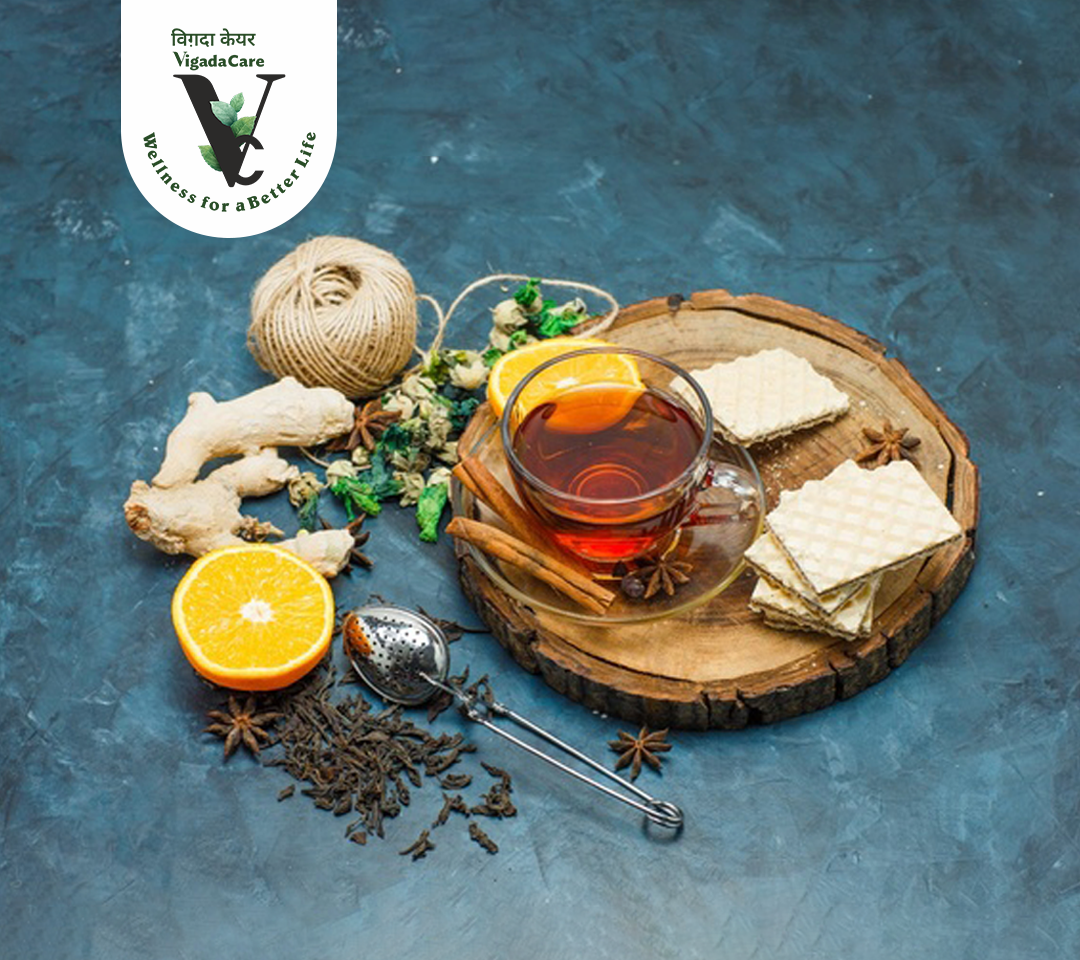
Is It Better To Have Antioxidants Via Supplement Or Food Intake?
Is It Better To Have Antioxidants Via Supplement Or Food Int... Read More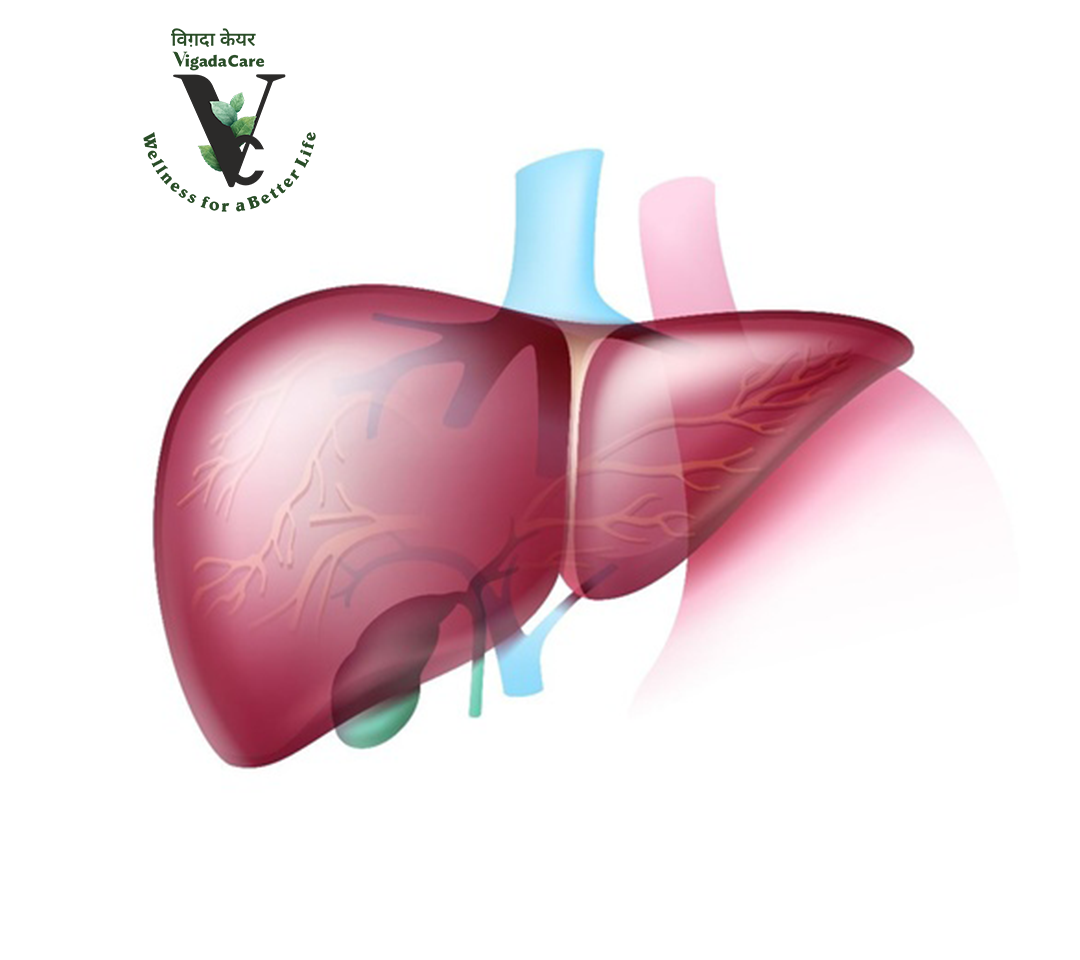
How Can I Reduce Bilirubin Levels In My Body?
How Can I Reduce Bilirubin Levels In My Body, Bilirubin... Read More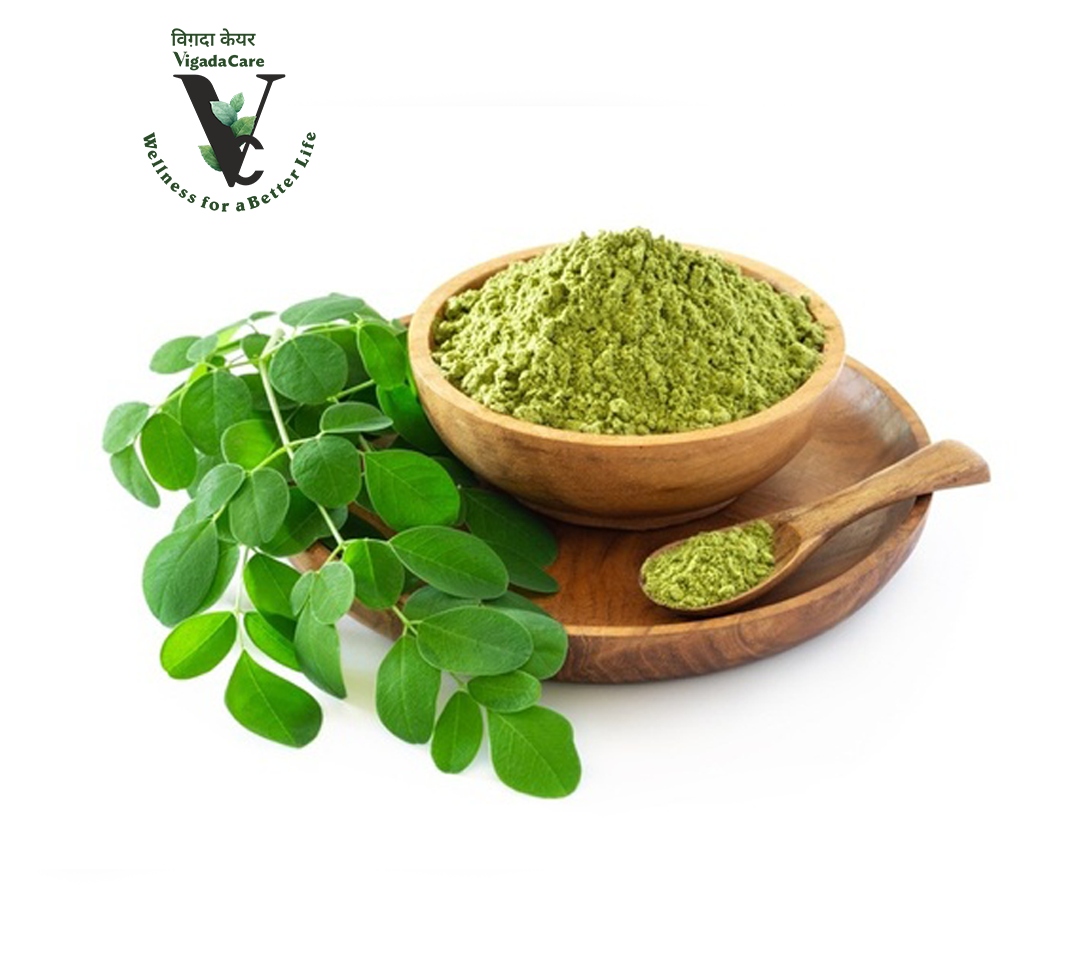
How Good Is Moringa Leaf Powder For You?
How Good Is Moringa Leaf Powder For You, Moringa leaf p... Read More
How Can I Treat PCOS Naturally?
How Can I Treat PCOS Naturally, Polycystic ovary syndro... Read More
Do Antioxidants Prevent Cancer? How So?
Do Antioxidants Prevent Cancer? How So, Antioxidants, c... Read More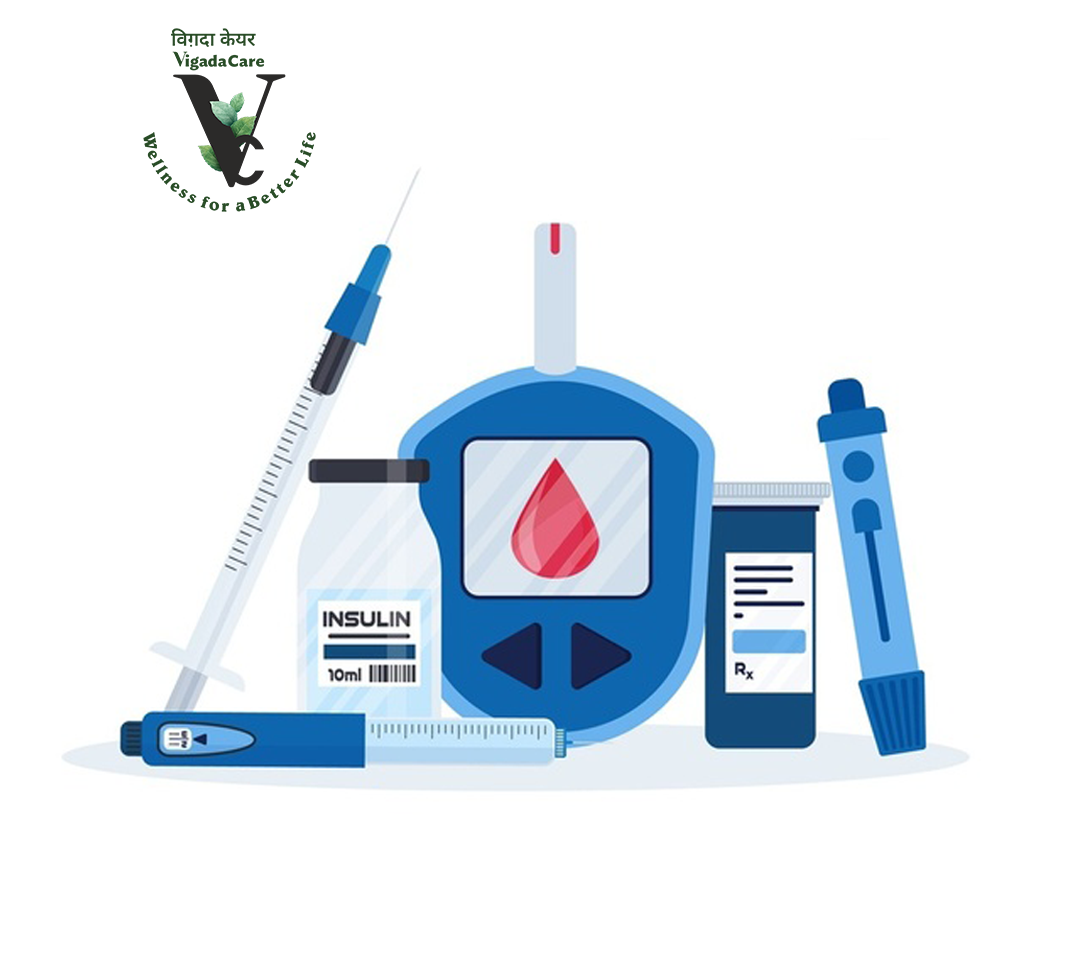
What Are The Primary Types Of Diabetes? What Role Does Ayurveda Imply In Treating Diabetes?
What Are The Primary Types Of Diabetes? What Role Does Ayurv... Read More
Is Massage Good For Sciatica?
Is Massage Good For Sciatica, Yes, massage can be extre... Read More
How do I treat blood pressure with Ayurveda?
How do I treat blood pressure with Ayurveda, Managing b... Read More
Do anti-oxidents help prevent cancer?
Do anti-oxidents help prevent cancer, Yes, antioxidants... Read More
Why Are Antioxidants Good For The Skin?
Why Are Antioxidants Good For The Skin, Antioxidants pl... Read More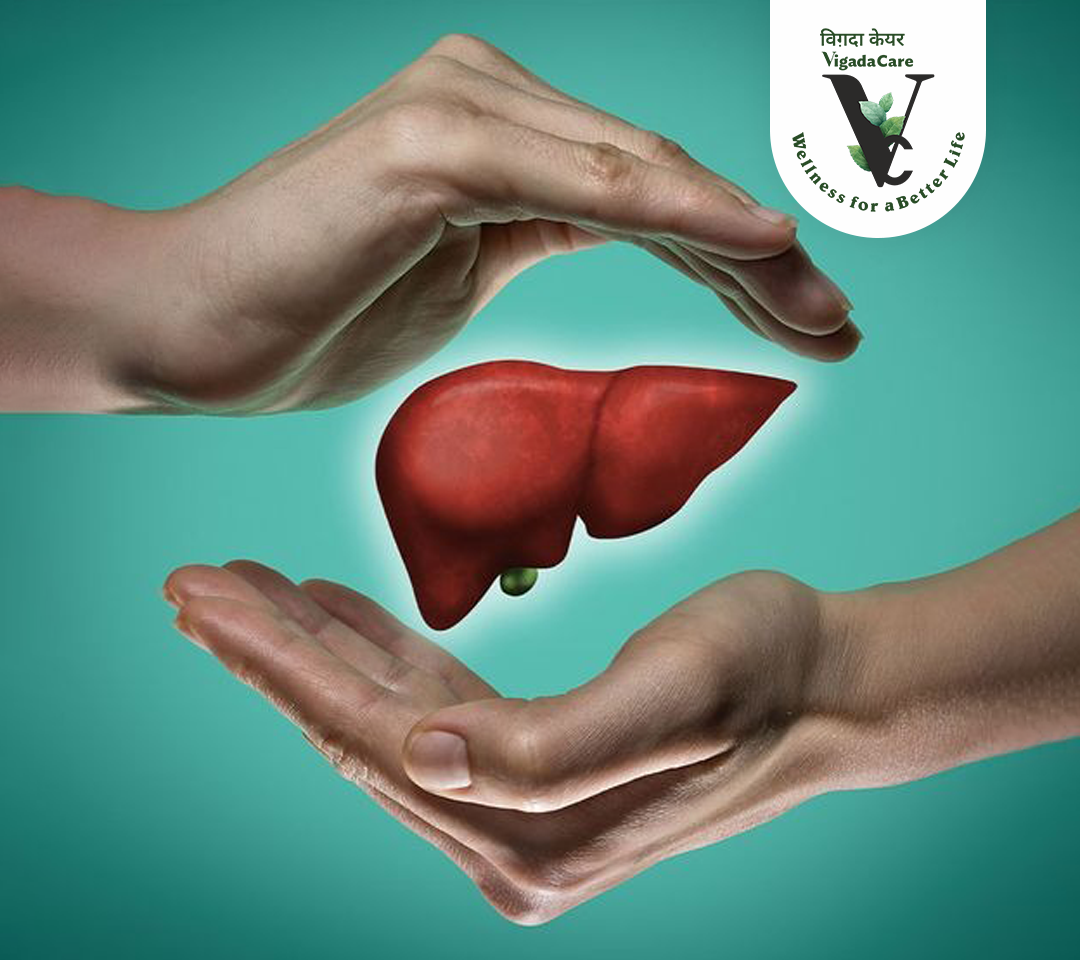
Tips for a Healthy Liver: Why is Liver Health Important?
Tips for a Healthy Liver: Why is Liver Health Important?&nbs... Read More
How Can I Treat My Asthma Naturally?
How Can I Treat My Asthma Naturally, Millions of indivi... Read More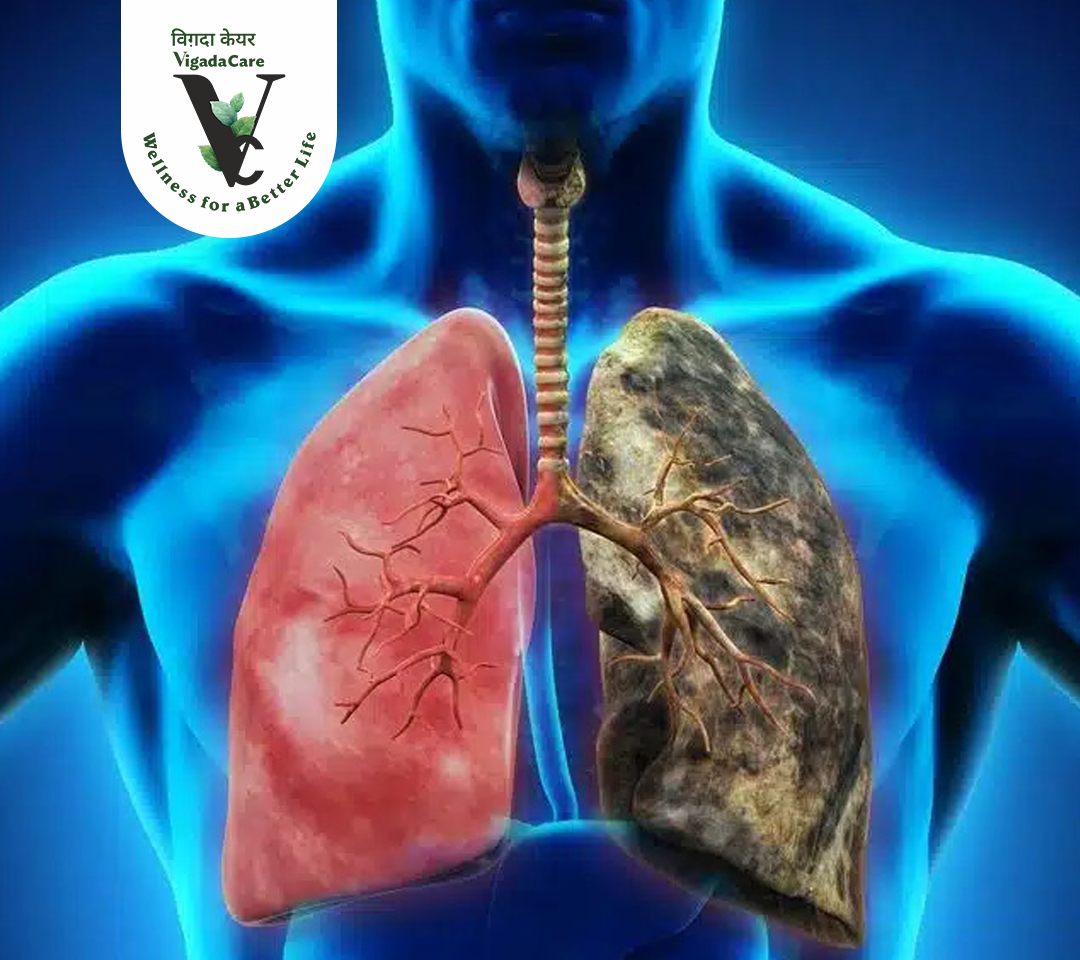
How Can I Keep My Respiratory System Healthy?
How can I keep my respiratory system healthy, Maintaining a ... Read More
Is There Any Ayurveda Treatment Of COPD?
Is There Any Ayurveda Treatment Of COPD, COPD (Chronic ... Read More
"Breath of Life: Essential Lung Health Tips for a Healthy Respiratory System"
"Breath of Life: Essential Lung Health Tips for a Healthy Re... Read More
Ayurvedic Liver Syrup: Liv Well Ayurveda’s Liver Care Syrup: Health Benefits, Ingredients, and Uses
Ayurvedic Liver Syrup: Liv Well Ayurveda’s Liver Care ... Read More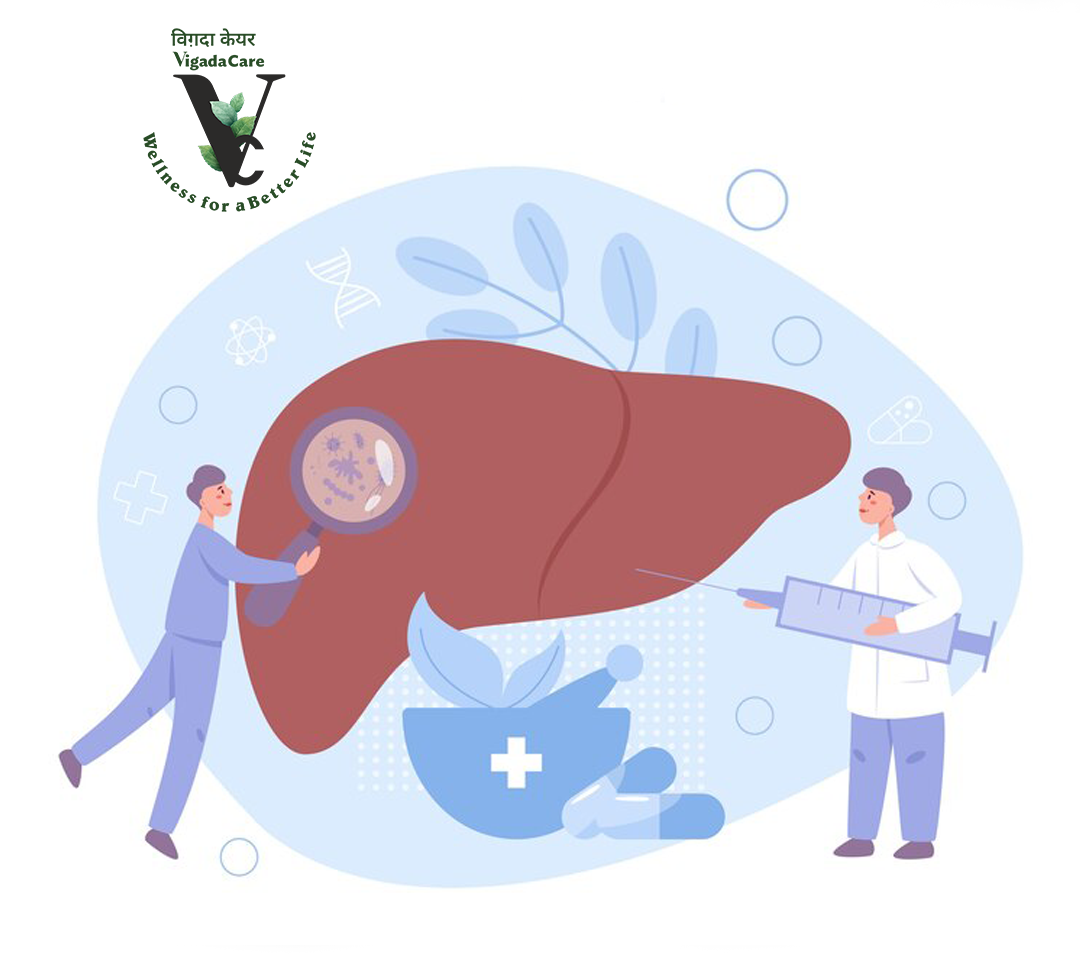
Understanding the Causes, Symptoms, and Treatment of Fatty Liver: A Silent Threat
Understanding the Causes, Symptoms, and Treatment of Fatty L... Read More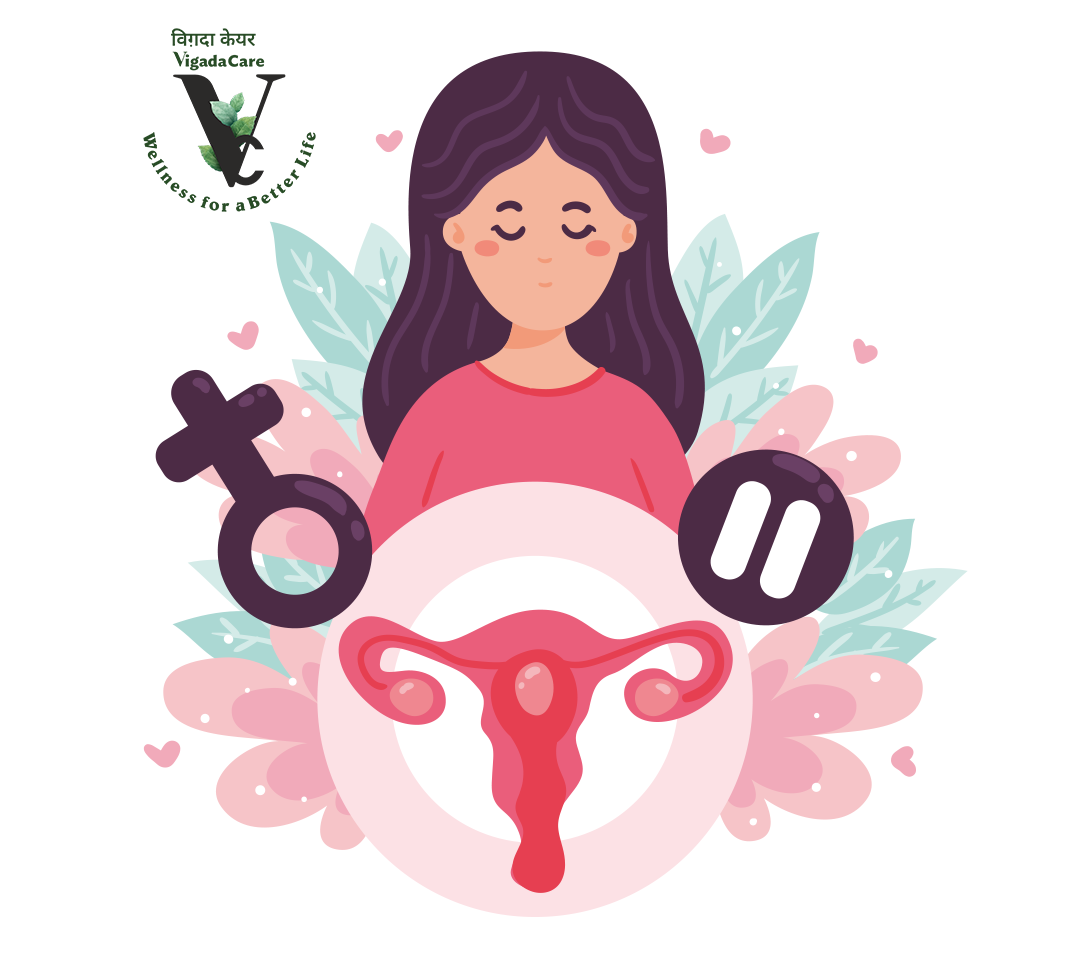
Understanding PCOD from an Ayurvedic Perspective
Understanding PCOD from an Ayurvedic Perspective &nbs... Read More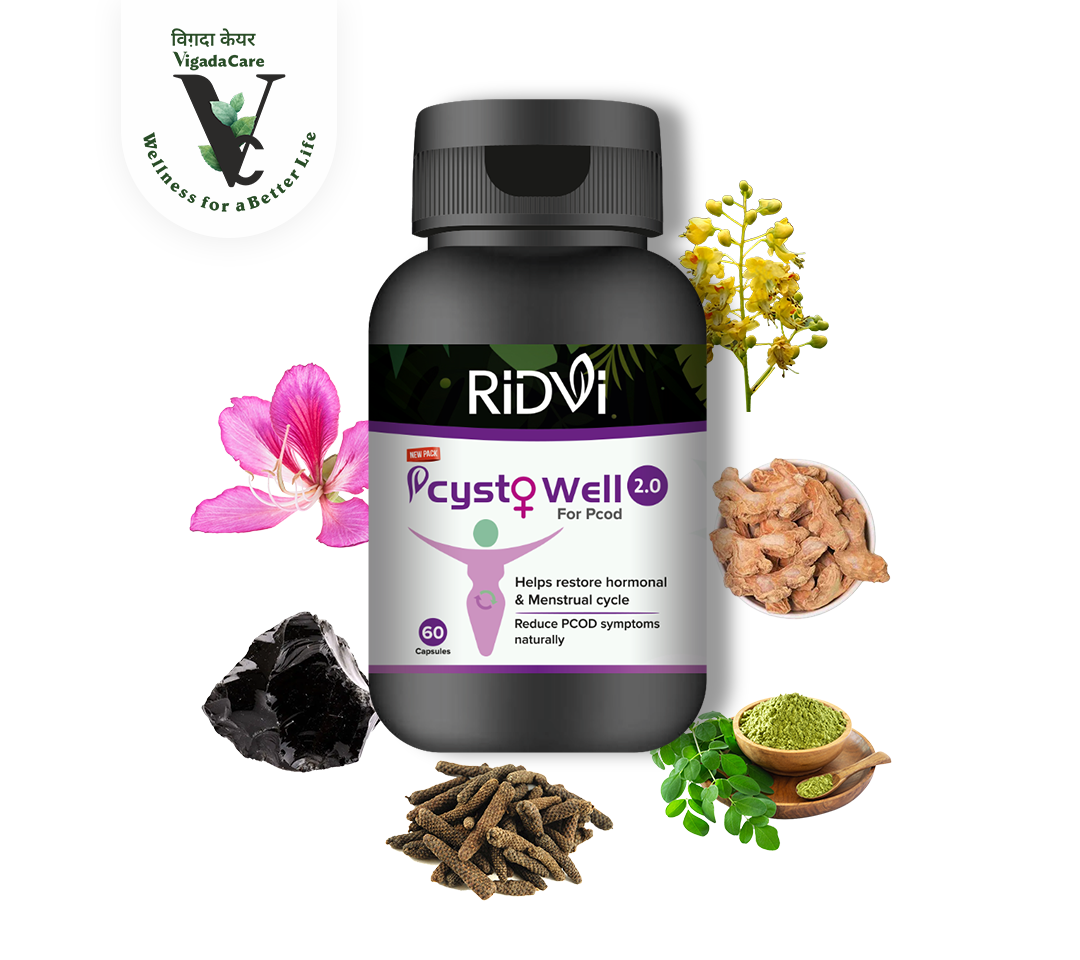
Common Herbs Used in Ayurveda for PCOD Treatment
Common Herbs Used in Ayurveda for PCOD Treatment Ayurvedic ... Read More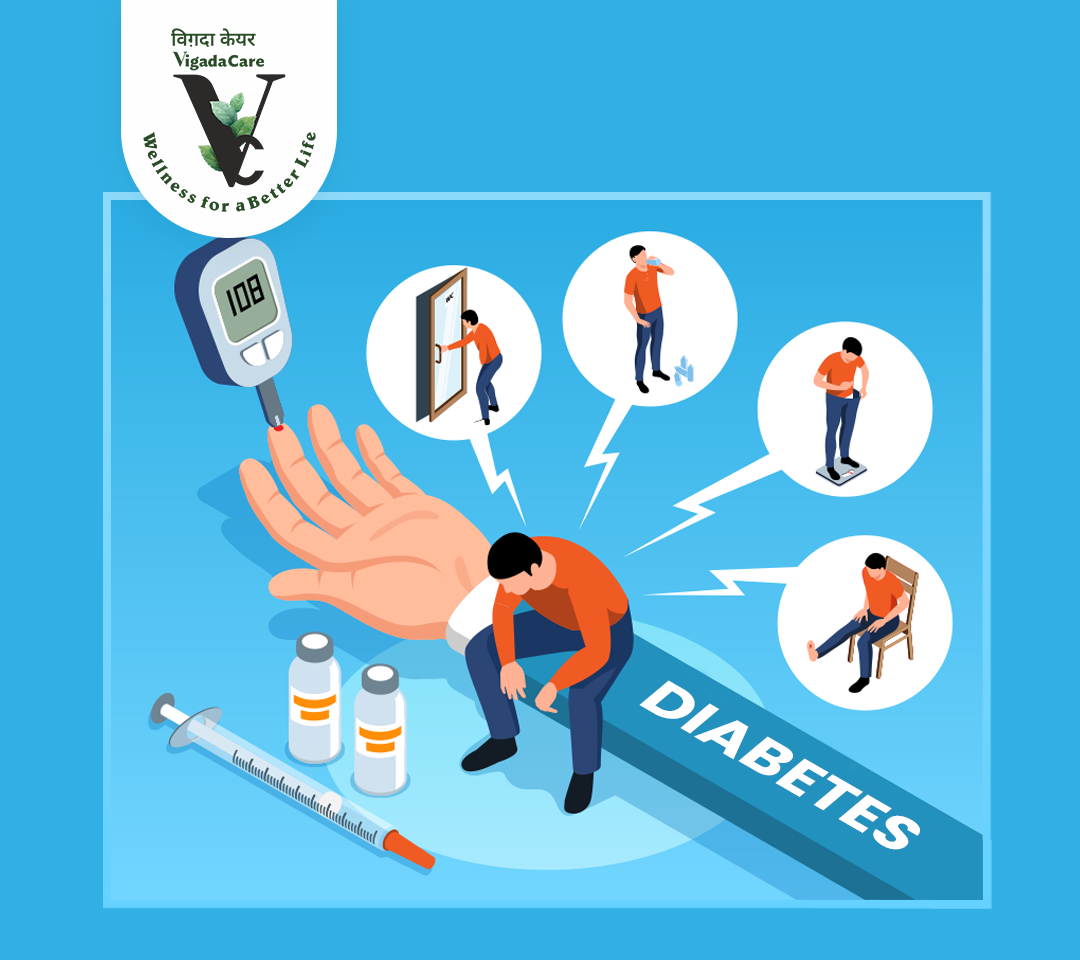
How is diabetes becoming a growing concern, and what are the Ayurvedic treatment options?
How is diabetes becoming a growing concern, and what are the... Read More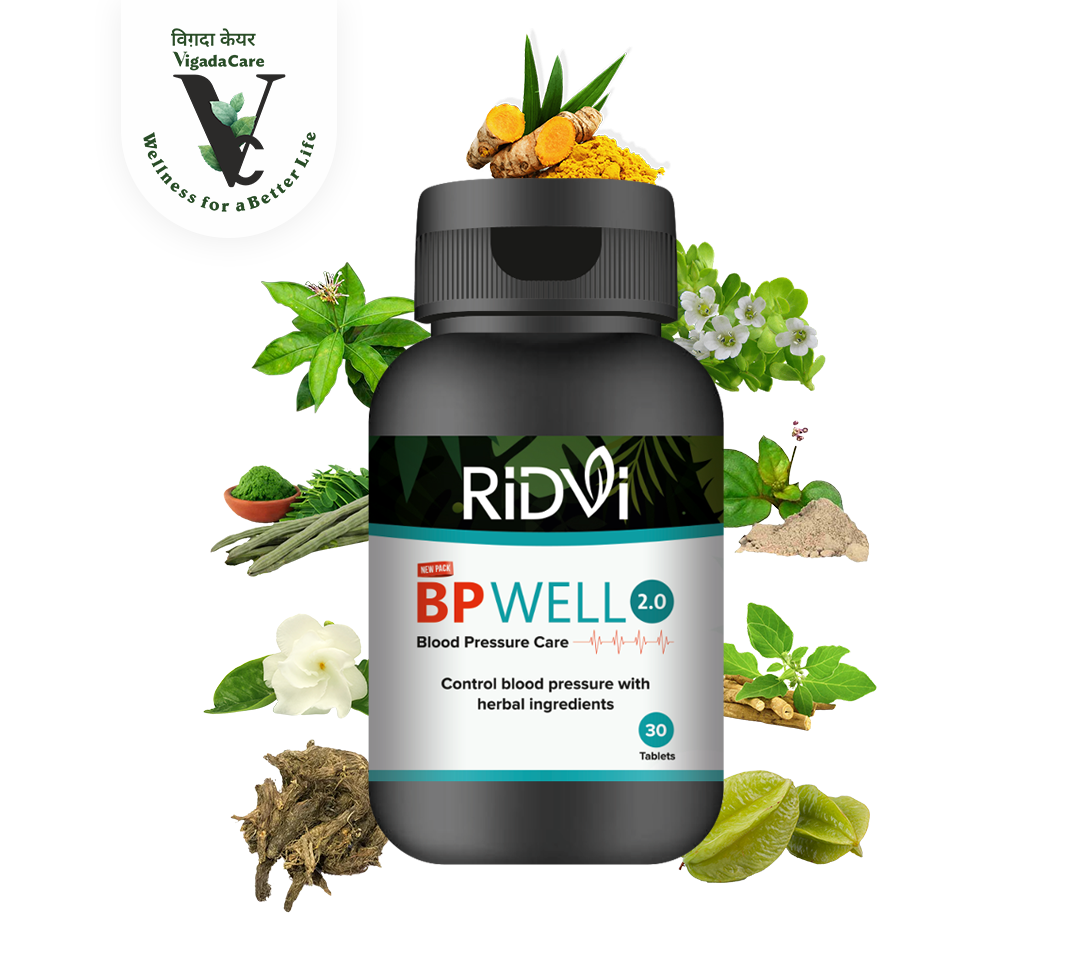
Managing Hypertension Remedy Naturally With RiDVi BP Well
Managing Hypertension Remedy Naturally With RiDVi BP Well&nb... Read More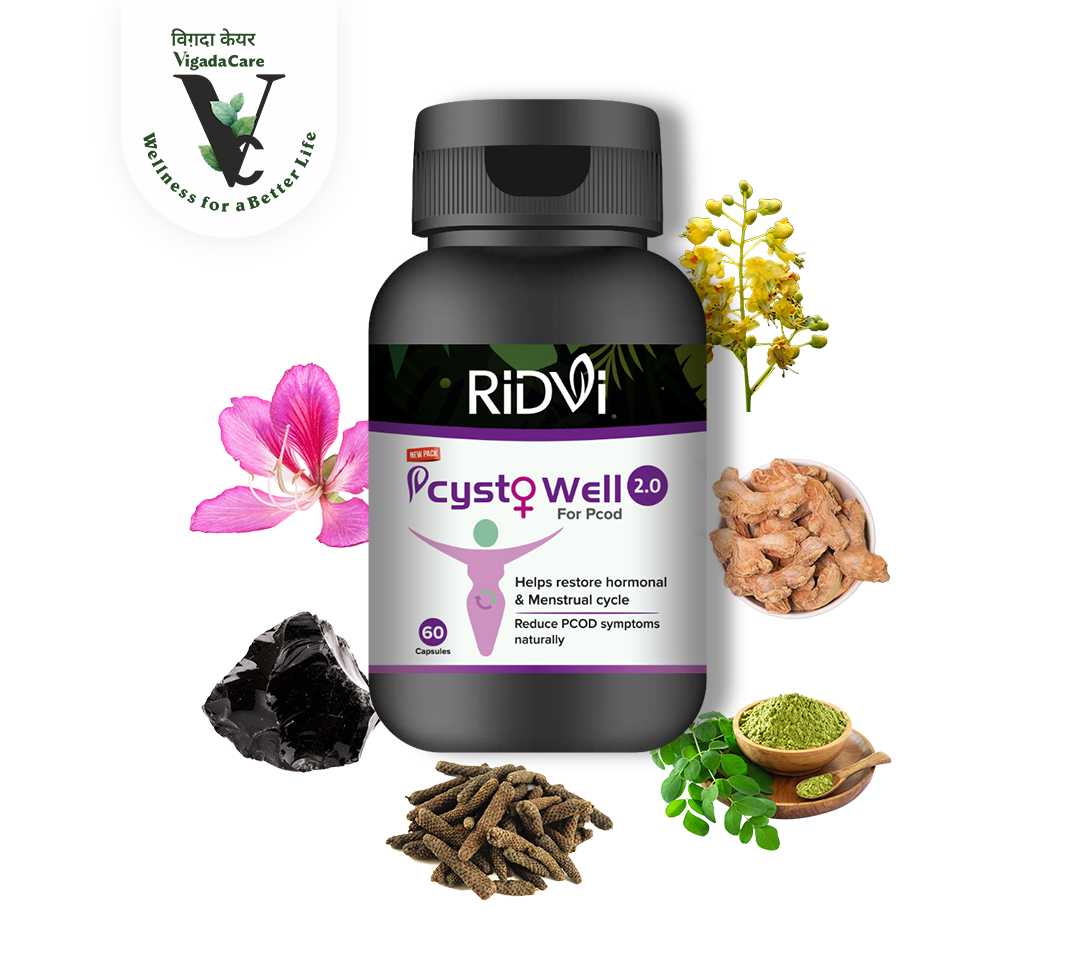
Top 10 Ayurvedic Remedies for Managing PCOD
Top 10 Ayurvedic Remedies for Managing PCOD Polycysti... Read More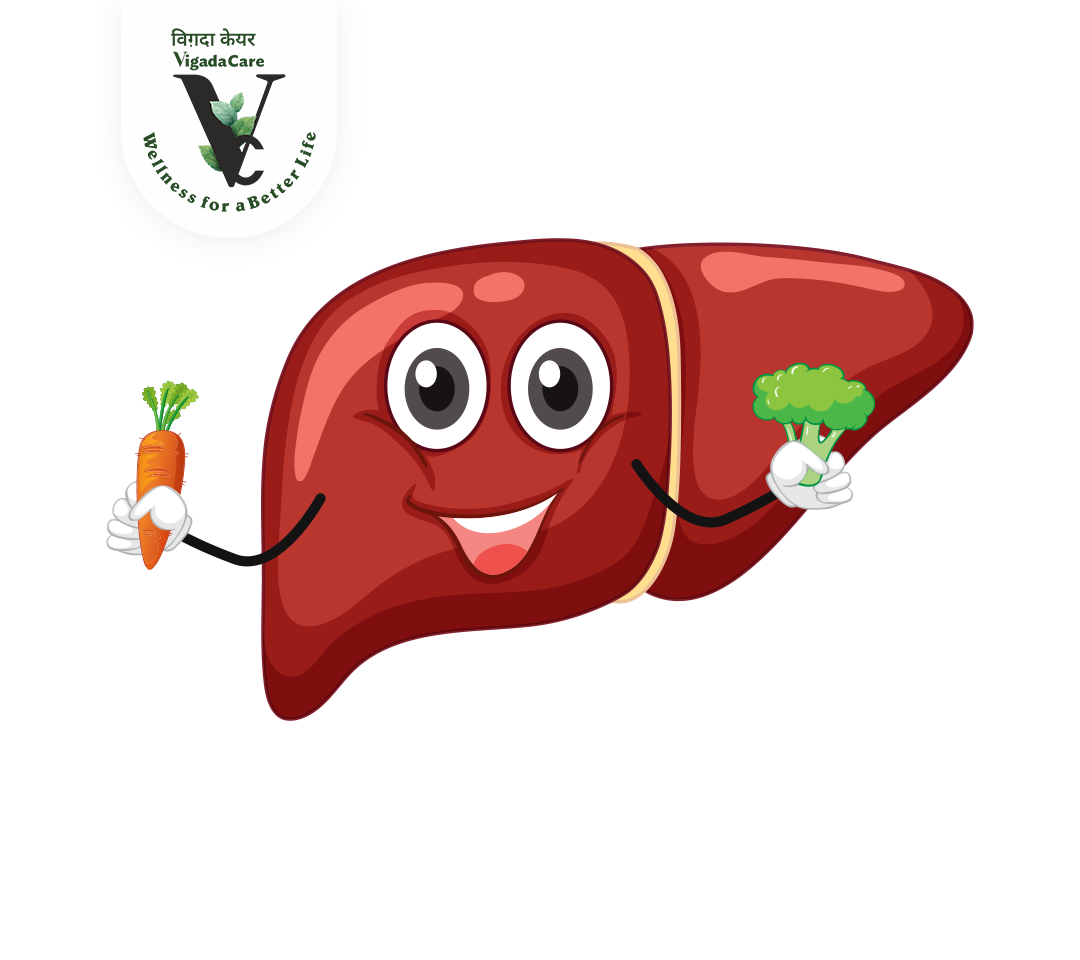
The Silent Giant: Why Your Liver Is Vital to Your Overall Health
The Silent Giant: Why Your Liver Is Vital to Your Overall He... Read More
Detox Liver Naturally with Ayurvedic Medicine: RiDVi Liv Well Tablets
Detox Liver Naturally with Ayurvedic Medicine: RiDVi Liv Wel... Read More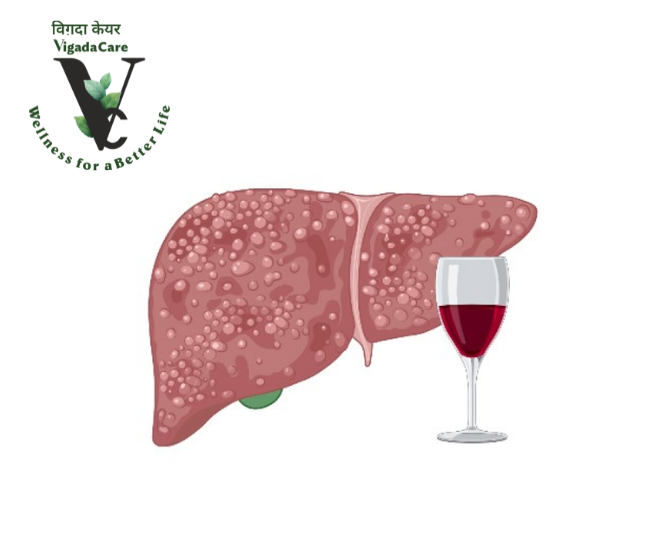
The Effects of Alcohol on the Liver and Prevention with RiDVi Liv Well Ayurvedic Medicine
The Effects of Alcohol on the Liver and Prevention with RiDV... Read More
Liver Health During the Monsoon: Prevention Tips with Ayurvedic Products
Liver Health During the Monsoon: Prevention Tips with Ayurve... Read More
How to Keep Your Bones and Joints Healthy During the Monsoon Season?
How to Keep Your Bones and Joints Healthy During the Monsoon... Read More
The Air You Breathe – Preventing Respiratory Diseases with RiDVi Breathe Well
The Air You Breathe – Preventing Respiratory Diseases ... Read More
How Ayurveda RiDVi Gluco Well Medicine Can Help You Control Your Blood Sugar?
How Ayurveda RiDVi Gluco Well Medicine Can Help You Control ... Read More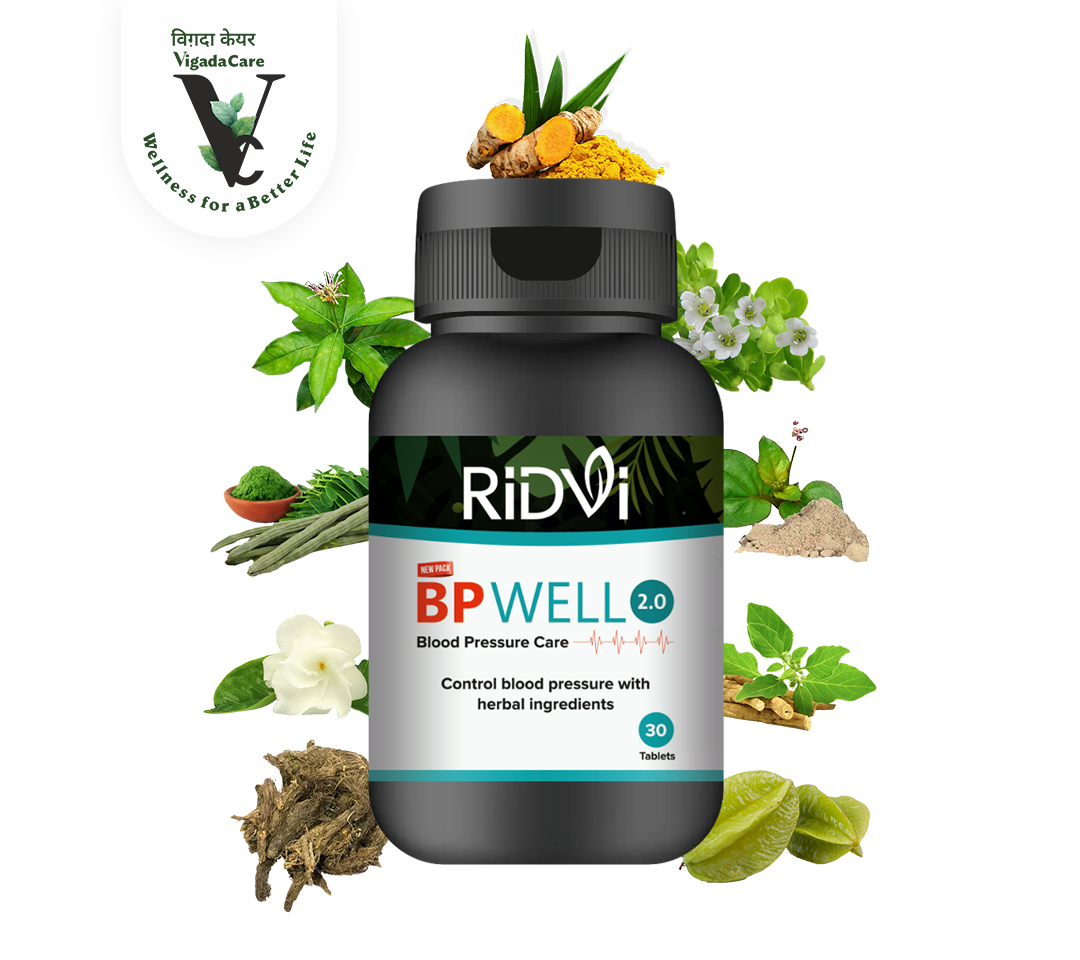
Manage Your Blood Pressure Naturally With Ridvi BP Well
Manage Your Blood Pressure Naturally With Ridvi BP Well,&nbs... Read More
Understanding Period Pain: Causes, Symptoms, and Relief with RiDVi Pcysto Well Ayurvedic Medicine
Understanding Period Pain: Causes, Symptoms, and Relief with... Read More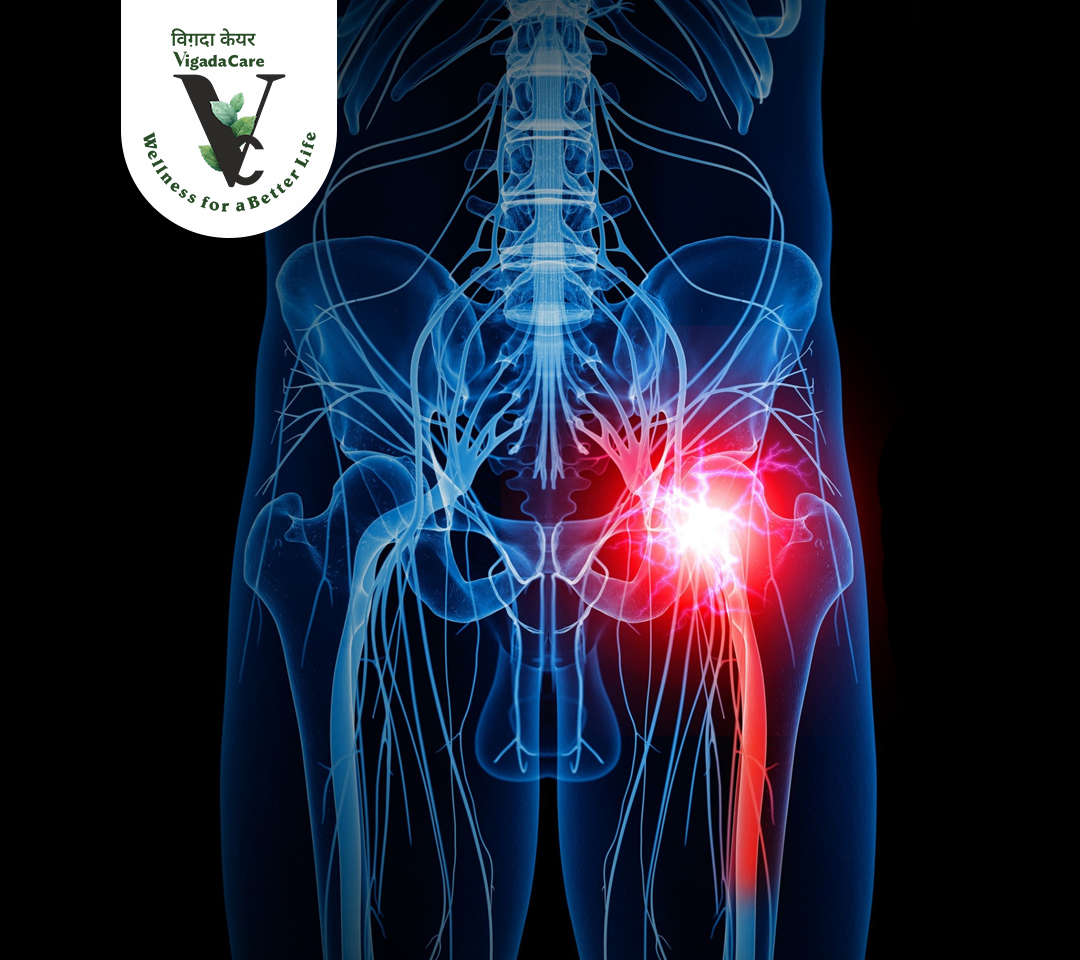
Understanding Sciatica Pain: Causes, Symptoms, and Relief with RiDVi Ortho Well Oil
Understanding Sciatica Pain: Causes, Symptoms, and Relief wi... Read More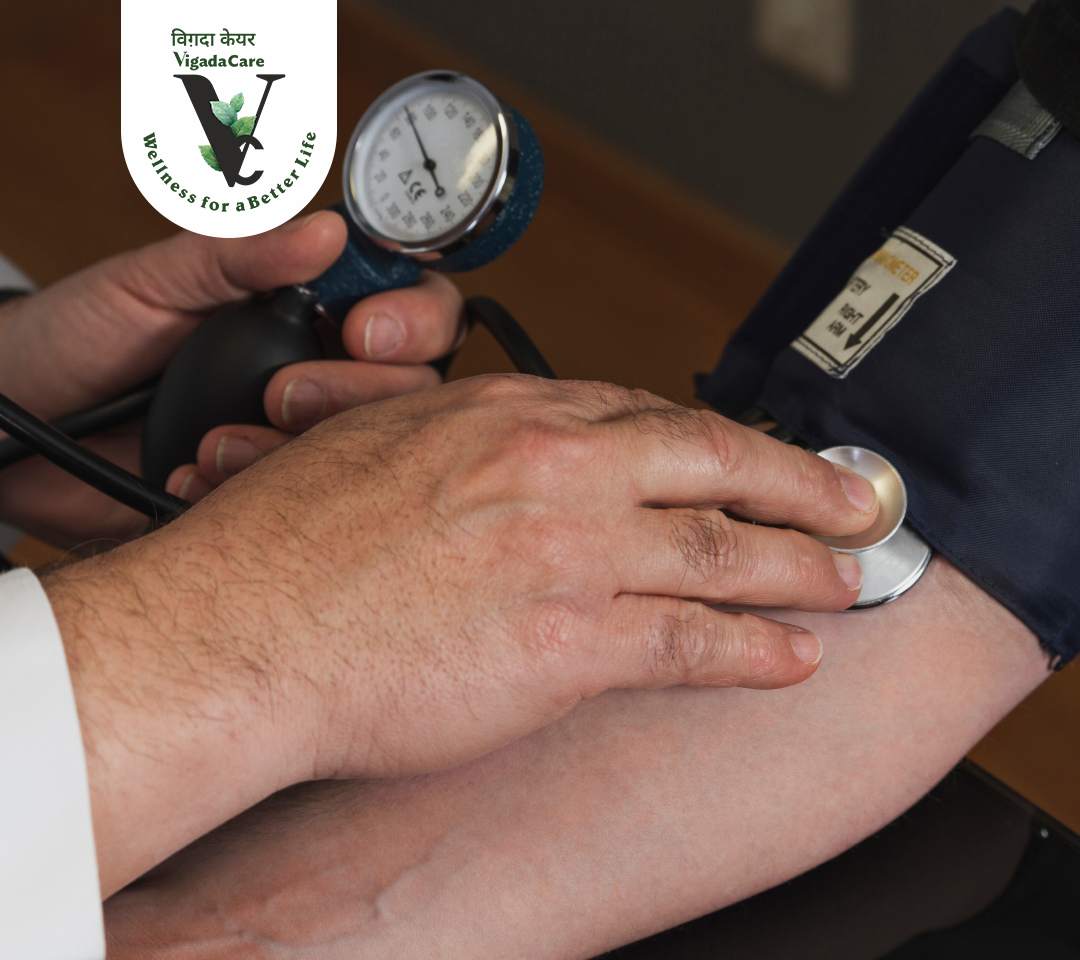
Top Ayurvedic Herbs to Control High Blood Pressure
Ayurvedic Herbs for Blood Pressure: Concerns and Solutions ... Read More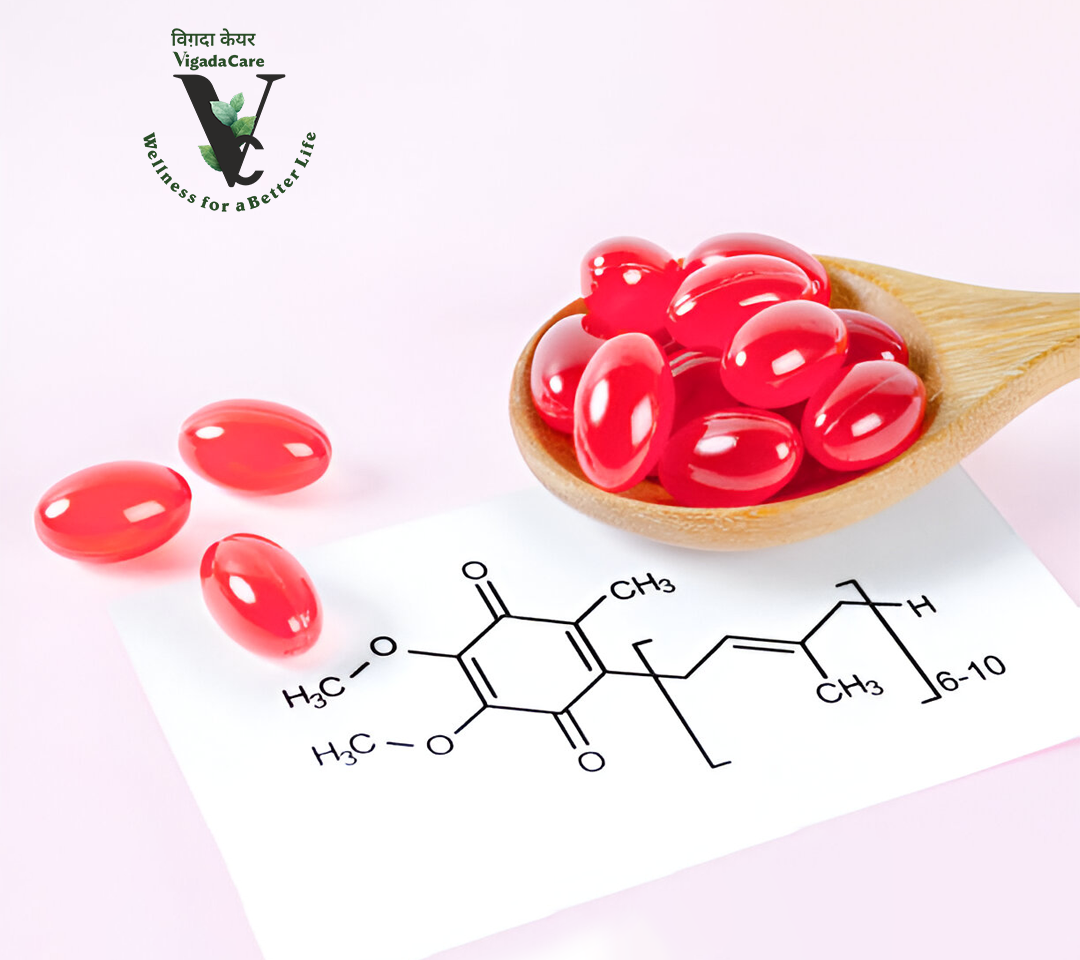
The Power of CoQ10: How This Antioxidant Helps Prevent Disease
The Power of CoQ10: How This Antioxidant Helps Prevent Disea... Read More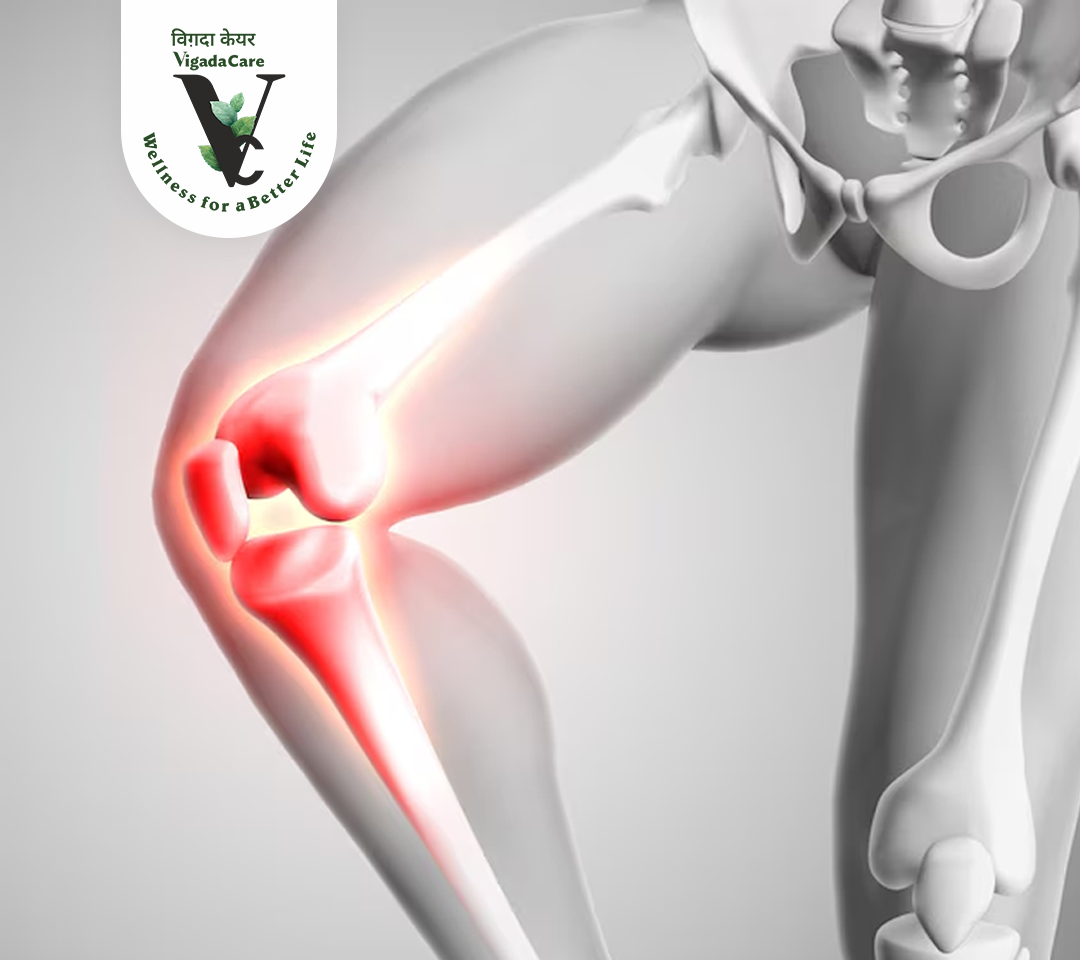
Elderly Knee Pain: An Ayurvedic Approach Using RiDVi Ortho Well Oil and Tablets
Elderly Knee Pain: An Ayurvedic Approach Using RiDVi Ortho W... Read More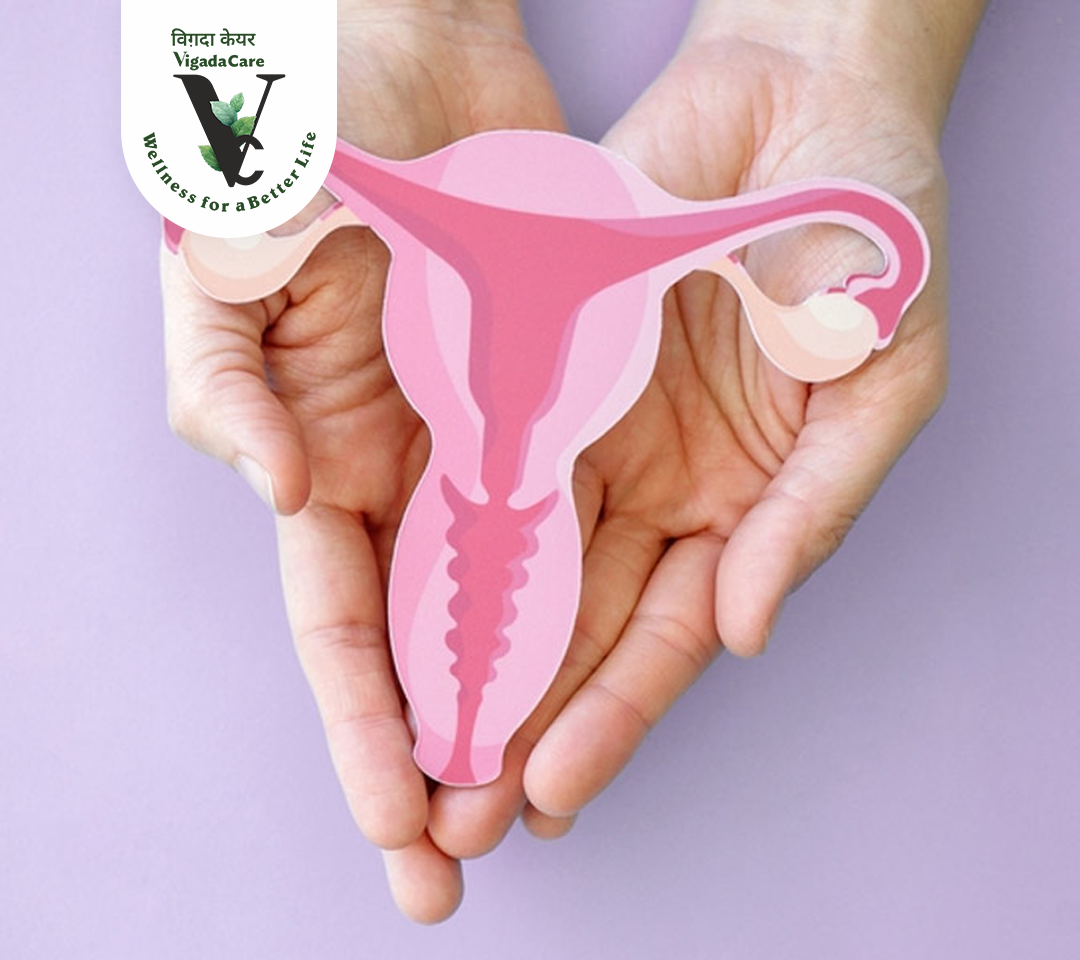
A Comprehensive Examination of PCOD's Emotional Journey
A Comprehensive Examination of PCOD's Emotional Journey PCO... Read More
4 Natural Solutions for Women's Hormonal Imbalances
4 Natural Solutions for Women's Hormonal Imbalances Mood sw... Read More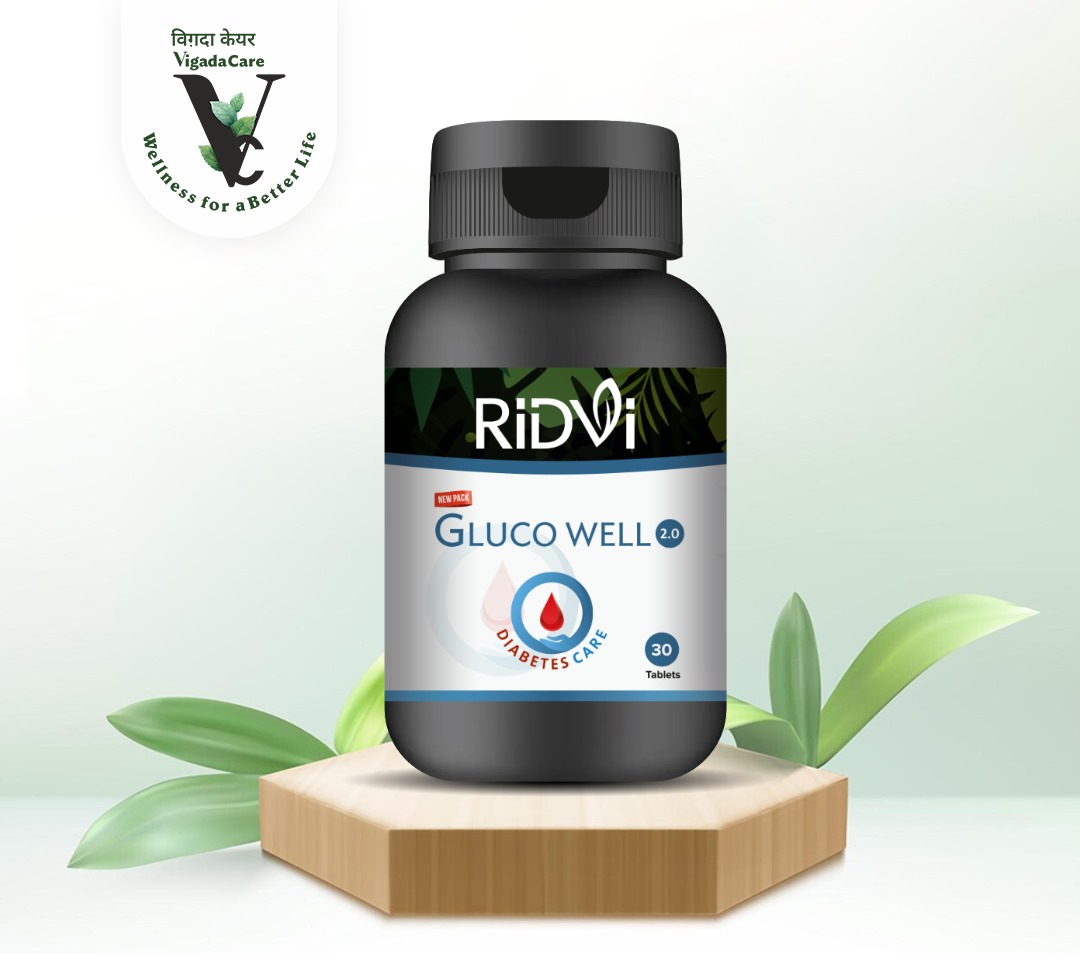
Harness the Power of Ayurveda with RiDVi Gluco Well: Your Natural Solution for Diabetes Control
Harness the Power of Ayurveda with RiDVi Gluco Well: Your Na... Read More